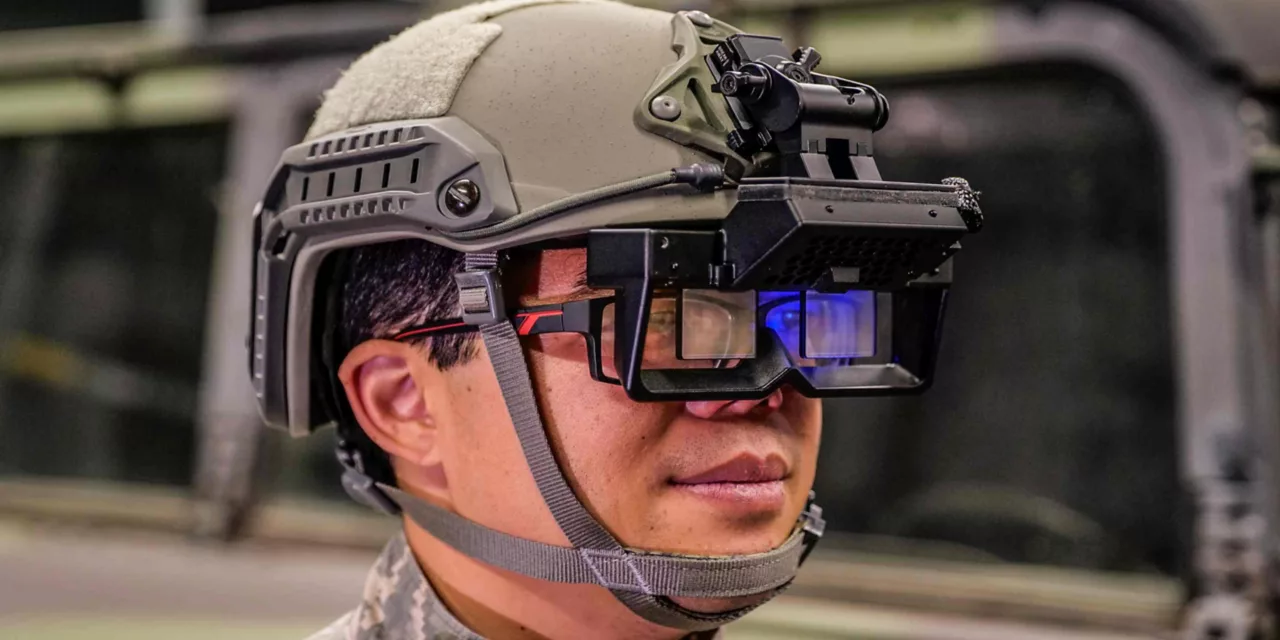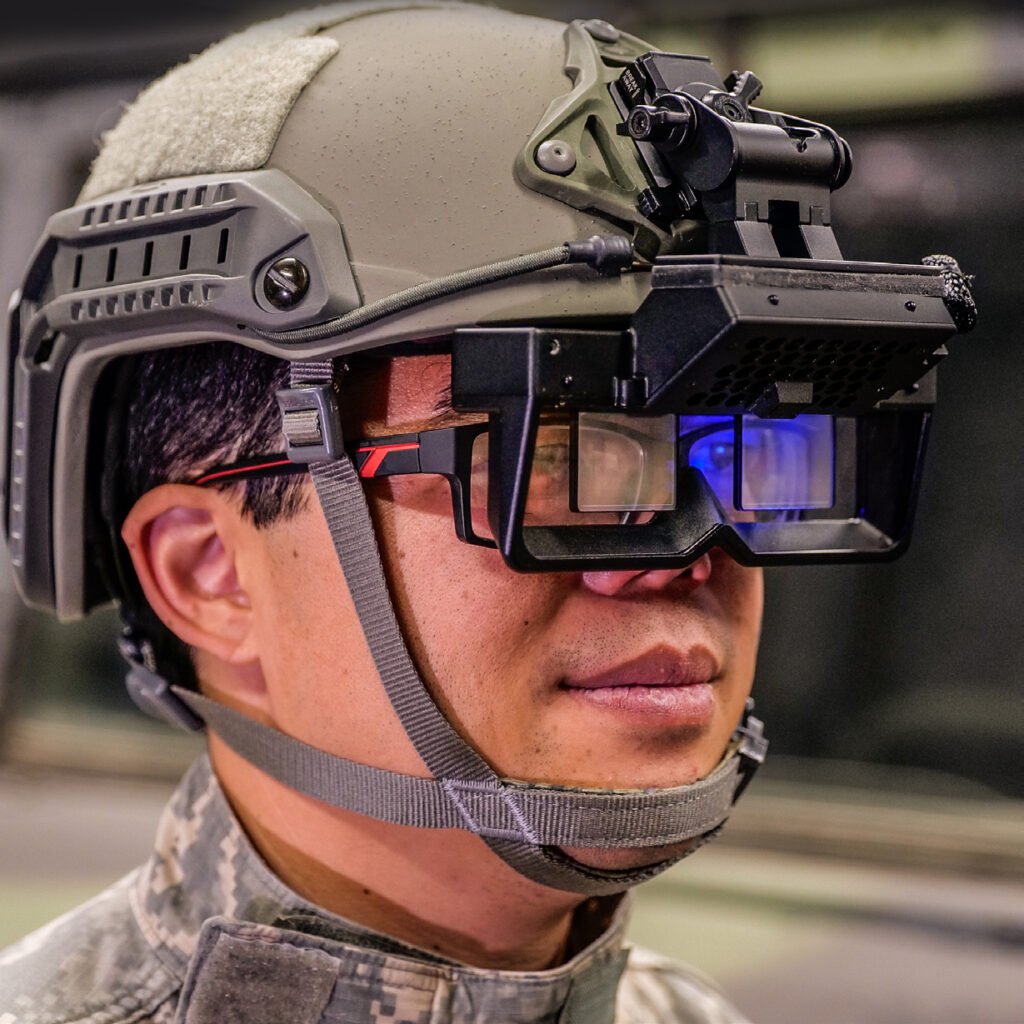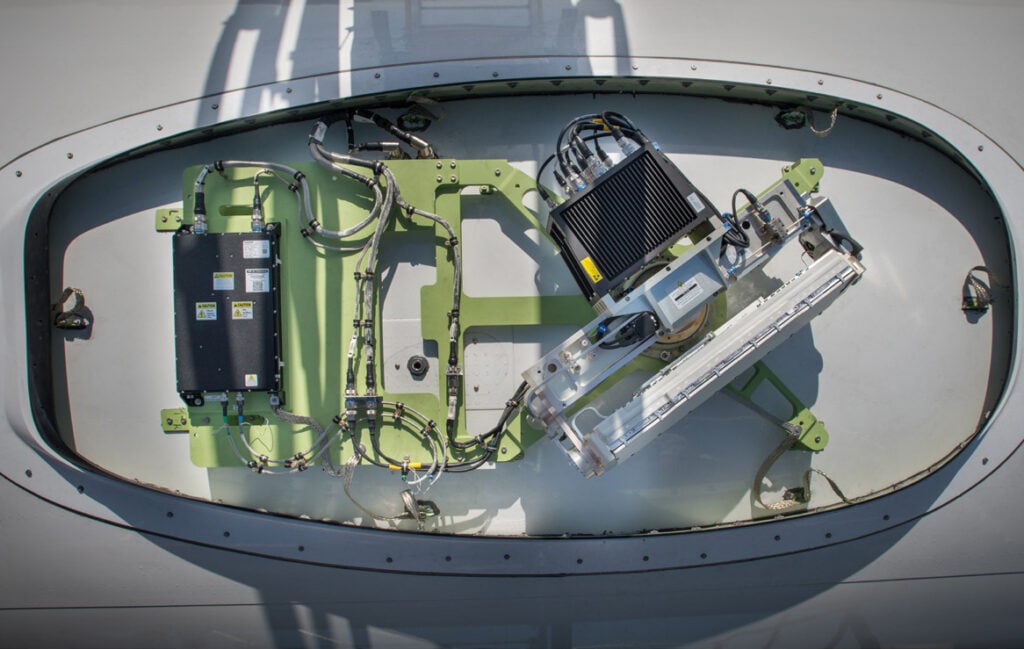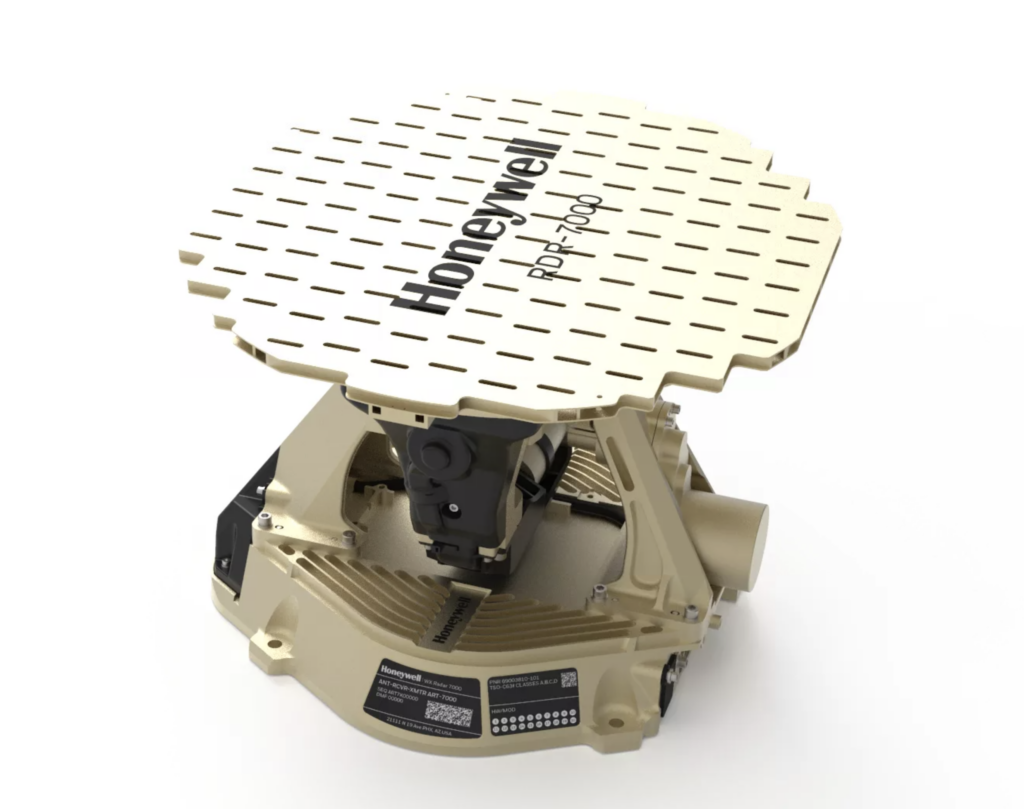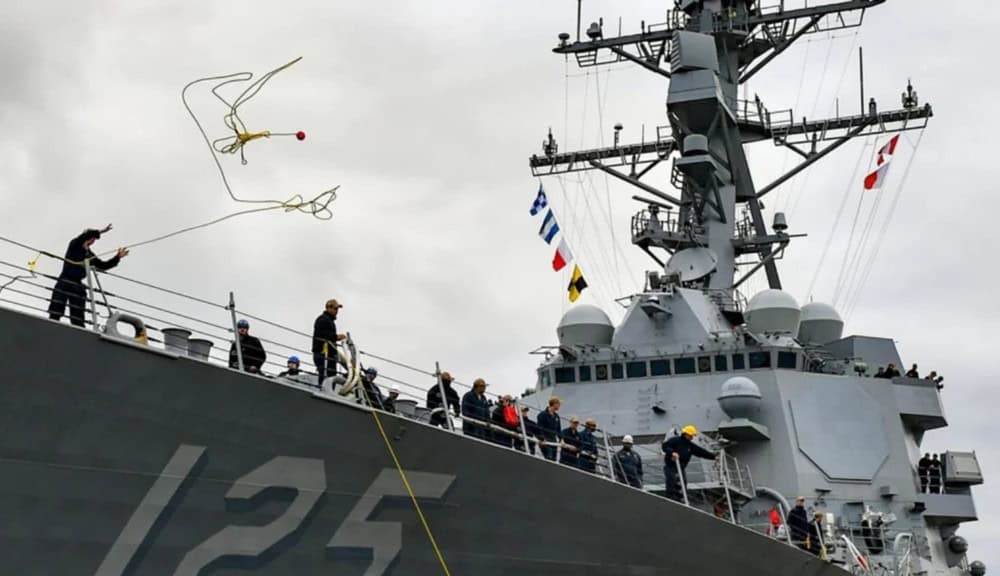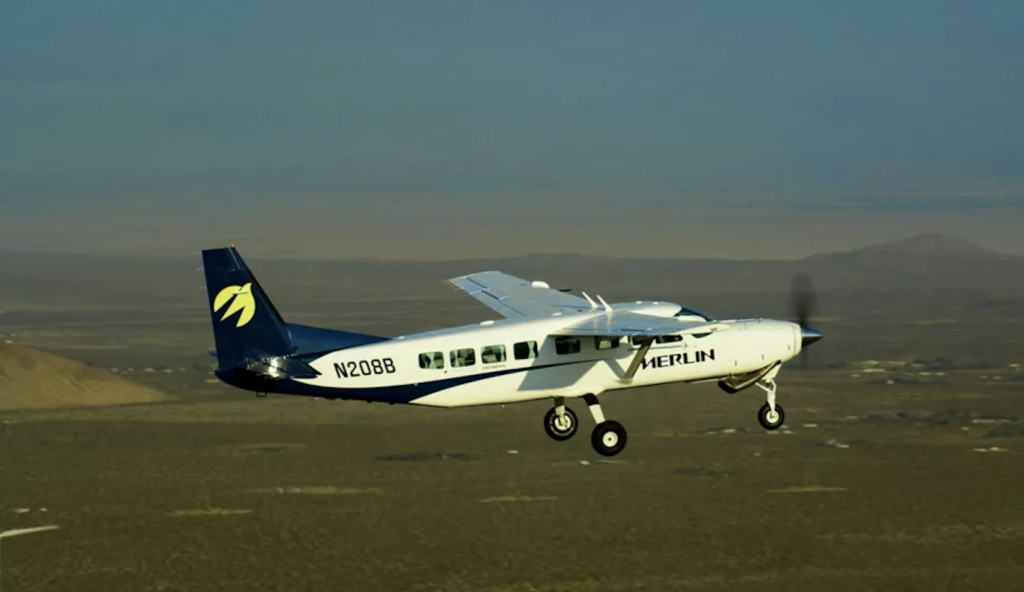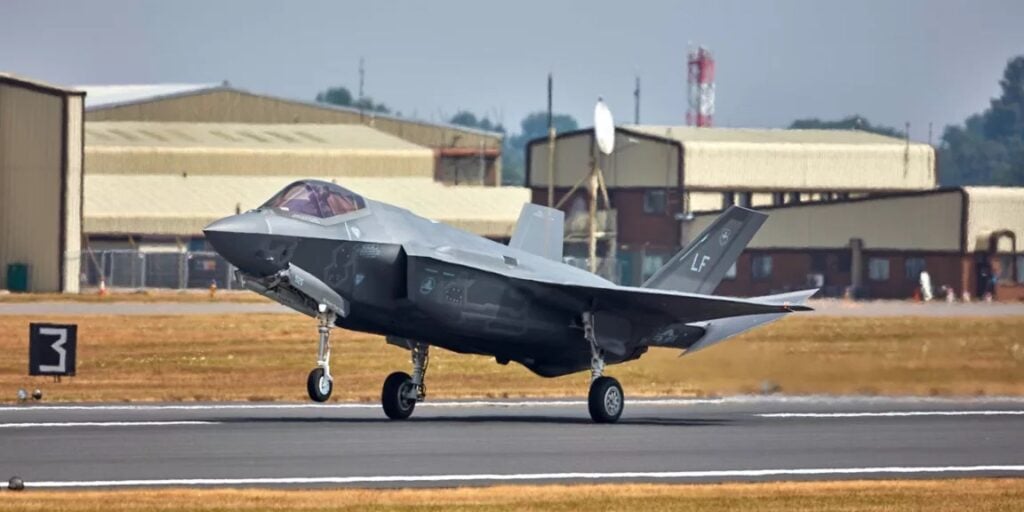
Honeywell’s F-35 Power and Thermal Management System (PTMS) has reached a significant milestone, surpassing one million flight hours since the aircraft’s first flight in late 2006.
As the only system of its kind integrated into any aircraft, Honeywell’s PTMS has been fielded on more than 1,100 F-35s delivered to the U.S. and allied nations, proving its reliability and effectiveness.
From the outset of the F-35 Joint Strike Fighter program, Honeywell collaborated with Lockheed Martin to develop the PTMS as a fully integrated solution tailored for the aircraft’s needs. Combining the functions of an auxiliary power unit, emergency power unit, environmental control system, and thermal management system, the PTMS significantly enhanced the aircraft’s efficiency. By integrating these essential functions into a single package, Honeywell reduced the aircraft’s weight by 1,000 pounds and shortened its length by 10 inches compared to previous-generation systems. Achieving Technology Readiness Level 6 in 2000, the PTMS advanced through System Design and Development (SDD), leading to its first operational flight in 2006.
Matt Milas, President, Defense and Space, Honeywell Aerospace Technologies, said, “Our PTMS achieving one million flight hours reinforces why Honeywell is best positioned to deploy extensive experience, resources and technical capabilities to meet current and future F-35 cooling capacity needs for American and allied warfighters. Honeywell’s PTMS is interwoven into the key systems of the F-35, and the schematics clearly show that it is the heart and circulatory system of the F-35. In addition to supplying cooling – which is its most basic function – the PTMS performs 13 other mission- and safety-critical aircraft functions that require extensive integration and software qualification.”
The PTMS plays a critical role in the F-35’s operational capabilities, supporting essential safety and mission-critical functions. It manages cockpit cooling and pressurization, supplies oxygen to the pilot, provides emergency power to primary flight controls in the event of a main engine failure, and enables air-cooled avionics to function safely during in-flight emergencies. Given its deep integration with the F-35’s architecture, any modifications to the PTMS would necessitate an extensive and costly reintegration and retest program to requalify numerous safety-critical systems.
Rich DeGraff, President, Control Systems, Honeywell Aerospace, added, “Honeywell’s solution for increasing the PTMS cooling capacity minimizes risk and cost. This approach preserves the F-35’s critical functions and has been proven not only through in-service flight hours, but thousands of additional hours in our dedicated F-35 test cell – the world’s most representative test cell of the F35 thermal ecosystem. Our engineering experience and investment in air and thermal management systems for both military and commercial aircraft is unmatched.”
To ensure worldwide support for the PTMS, Honeywell has established a robust maintenance and repair infrastructure in collaboration with key partners. Working alongside Lockheed Martin, the F-35 Joint Program Office, and international allies, Honeywell has expanded PTMS repair capabilities in both the European and Asia-Pacific regions. In 2022, the company successfully transferred PTMS turbomachine repair capability to Aeronamic, located at the Royal Netherlands Air Force base in Woensdrecht, Netherlands. A modular test cell is scheduled for delivery to Aeronamic in late 2025, further enhancing full turbomachine test capability post-repairs.
In the United States, Honeywell has collaborated with the U.S. military to establish a PTMS depot and test capabilities at Fleet Readiness Center East in Cherry Point, North Carolina. Additionally, Honeywell is actively exploring opportunities in Australia to transfer repair capabilities for select PTMS components, ensuring comprehensive global support for the system wherever F-35s are deployed.
As the F-35 program continues to expand, Honeywell remains committed to advancing PTMS technology and sustaining its operational effectiveness, ensuring that allied forces worldwide benefit from a reliable, high-performance power and thermal management solution.




